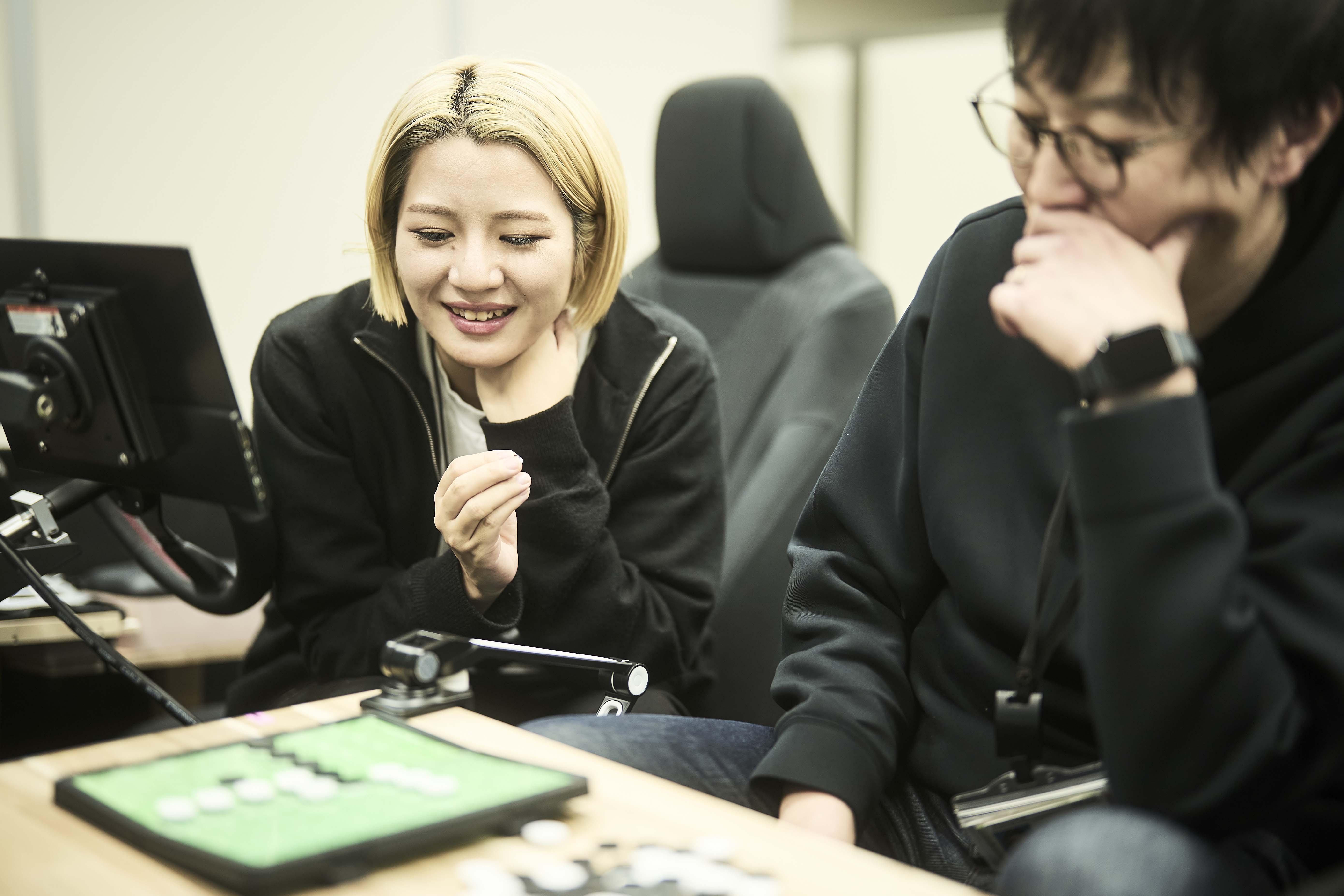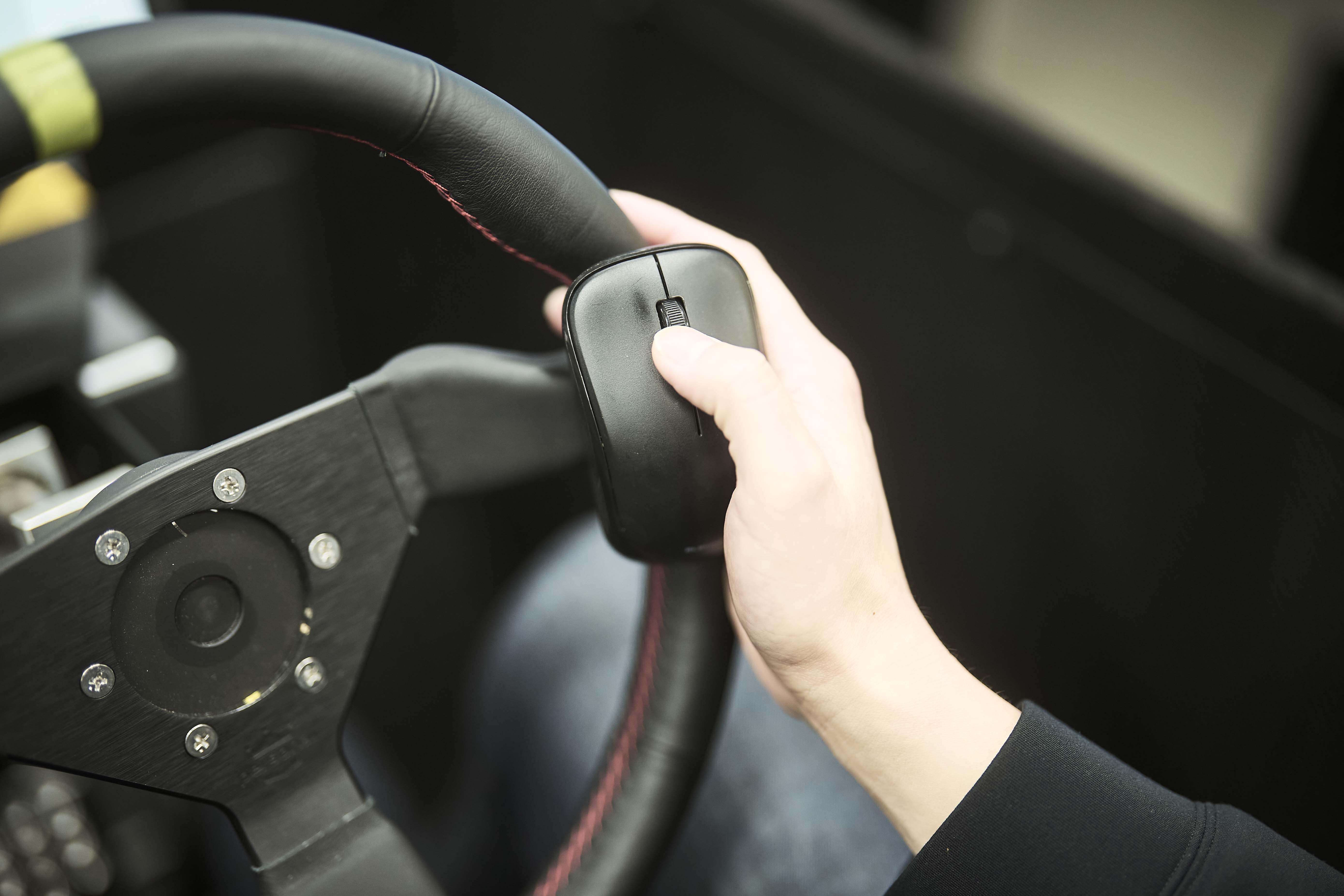
As many industries focus on UX design, what surprises do Toyota's UX designers have in store?

From exterior silhouettes to interior decorating, the work of car designers is wide-ranging. In this article, Toyota Times speaks with UX designers.
User experience or UX design is about creating meaningful customer experiences through products and services. Admittedly, this description may well leave readers wondering how Toyota’s UX designers actually spend their days.
One moment that stood out in the interview was the designers’ look of puzzled contemplation when asked what their job entails. This is a team searching for something that does not yet exist and cannot be easily put into words. So, what exactly do they do?
Little-known meter display trivia
After a brief pause, the question of “What does a UX designer do?” was answered by Yasutomo Kato, Assistant Manager of the UX Design Group, Vision Design Div. Vehicle Development Center.
Kato

We think of car UX as the “atmosphere.” That’s what we’re designing. In terms of brand experience, it’s all about imbuing the in-car experience with an air of luxury, excitement, or relaxation.
For example, a key aspect is figuring out how to present the information that drivers need in the most natural and accessible way possible. This is directly linked to safety and peace of mind.
Good design supports safer driving decisions. Like the air we breathe, it should do so without requiring any conscious effort on the part of drivers. In other words, good design creates a sense of connection between people and cars.
As an example, the designers shared some UX design trivia that even car-loving Toyota Times readers would probably not have noticed.
The Lexus NX’s meter design features a unique gimmick. Here is what it looks like while driving.

And here the car is stopped. Let’s compare the two to see the designers’ hidden gimmick.

In fact, the letters and numbers in the center of the meter have changed size.
While driving, the speed values are larger. On the other hand, when the car is shifted into Park or Reverse, the gear indicator display is bigger. Depending on the situation, the UX design brings the most important information to the foreground.
Originally, car UX designers chiefly worked on developing in-car navigation systems. As instrument panels became increasingly digital, however, their domain grew rapidly.
Today, they have transformed into a design unit tasked with “seamlessly connecting people and cars.” As such, the field requires people with diverse skills; Kato himself previously worked for a company designing mobile phone screens.
Playing Othello while driving?
Next to share her story was Kato’s colleague at the UX Design Group, Hinata Ichikawa. As a student, she majored in web application programming.

Ichikawa even admits “I had never done any design work.” Now she finds herself involved in the somewhat peculiar experiment below.

The photo shows the pair “driving” in a driving simulator, all the while enjoying a game of Othello—not the kind of distraction usually found on the road. What could this be?
Ichikawa
As UX designers, we see our role as designing experience value. In the future, when cars become autonomous, how much freedom will we have on board? Here we are testing whether we can play Othello from the driver’s seat.
We’ve also linked up various devices with the steering wheel, including a computer mouse, game controller, and flight simulator joystick.

We’re adding all kinds of commands to the simulator and exploring the next generation of in-car entertainment, including the potential of control devices.
The mobility of the future will be created by all kinds of companies, not limited to the auto industry. In such an era, what should UX design look like at a carmaker?
On the next page, a young designer explains what it takes to make a car that people love.

